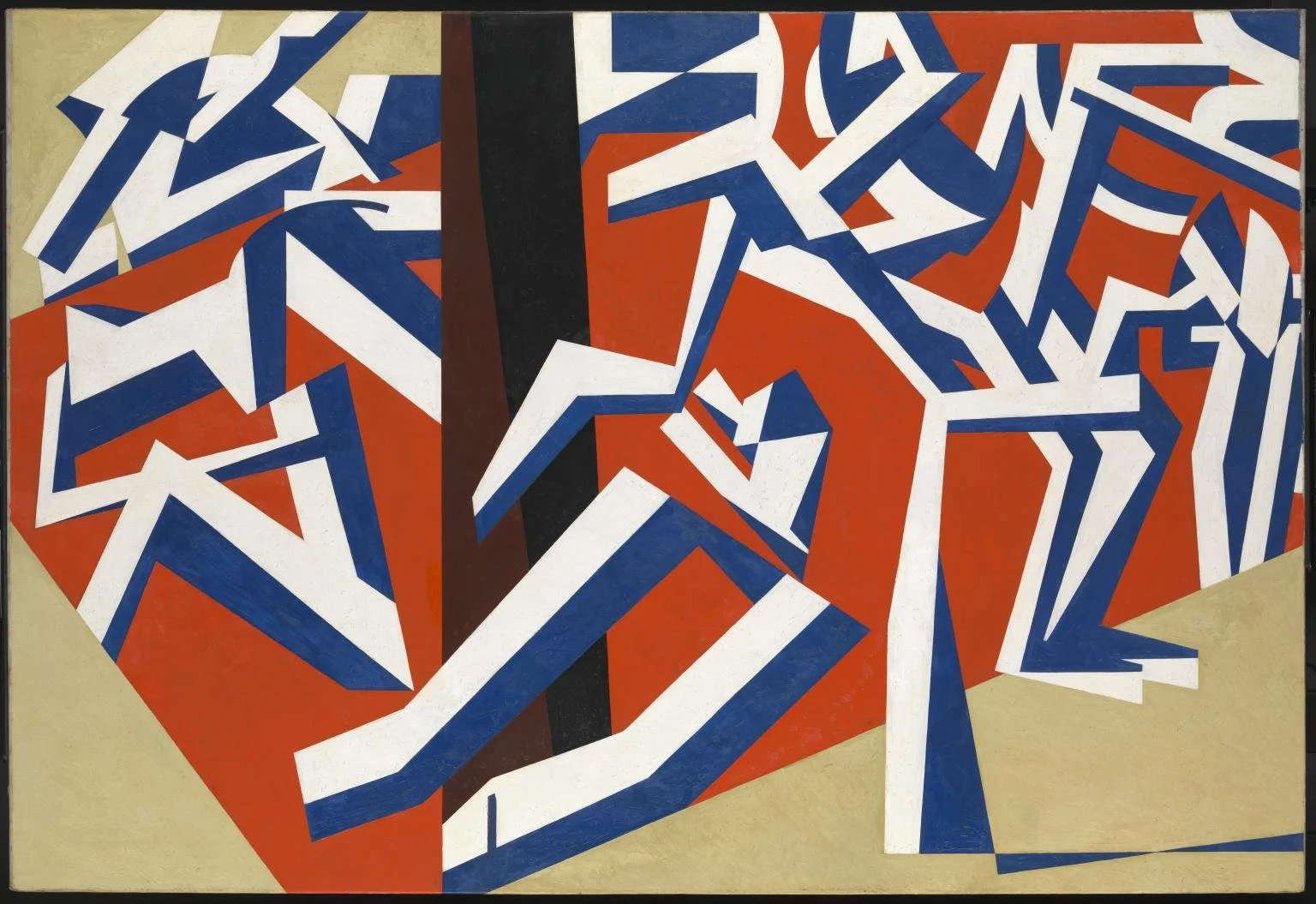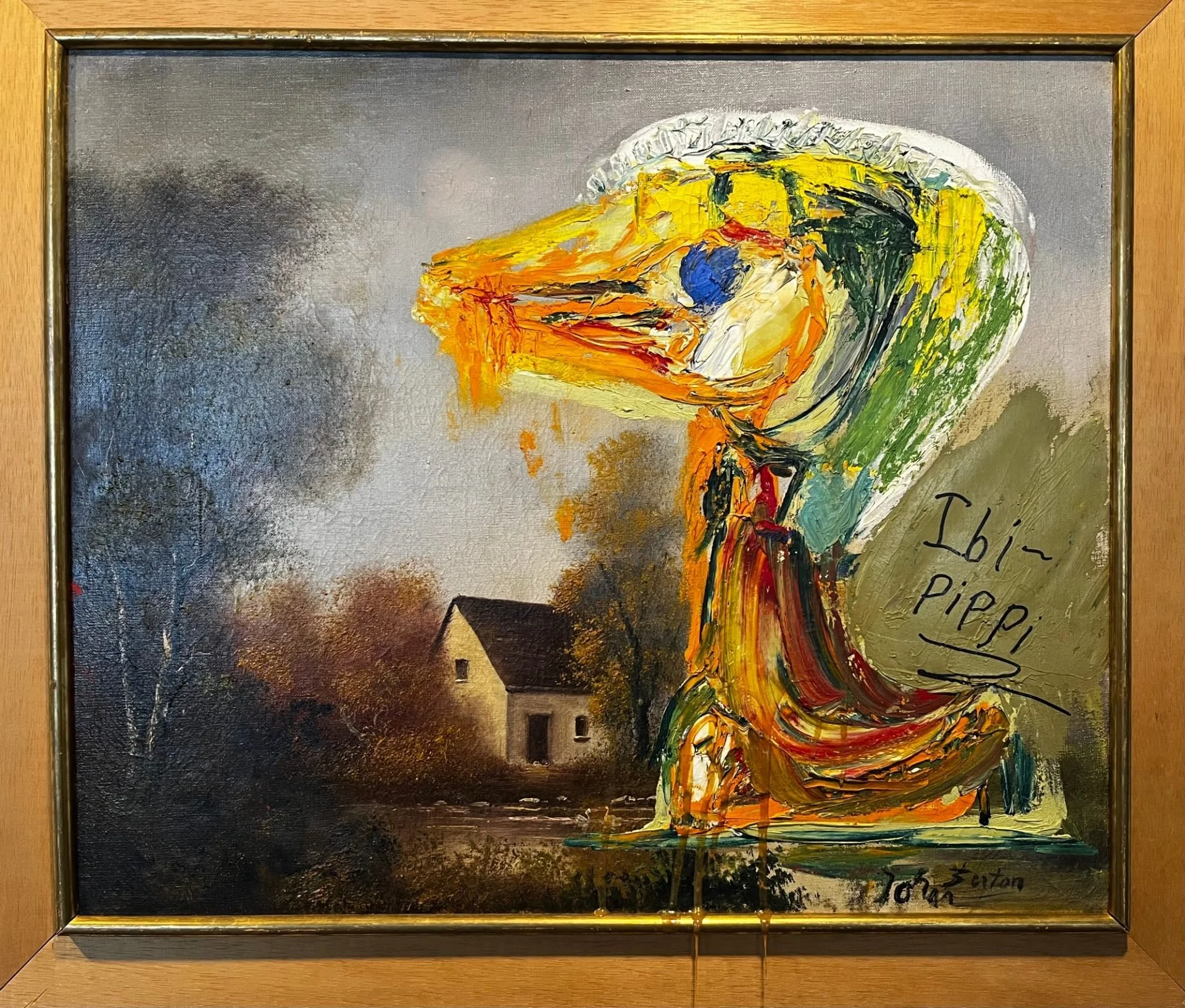Two birds, one stone (and one body)
As our next Short & Sweet course approaches, two things strike me.
First, in the light of several Denizens’ questions about our newly-expanded Short & Sweet strand, and as it’s easier for a short course to slip off your I’ll-sort-that-out-soon list, you might find it useful to have a round-up of all of our upcoming Short & Sweet offerings.
Secondly, the image we chose for the imminent The Art of the Northern Renaissance is what initially prompted me to collect ideas for a blog post which has been languishing on my own I’ll-sort-that-out-soon list for far too long.
So here we are - two birds, one stone (or, in homage to my favourite nugget from Great Archaeological Discoveries: two birds, one body!)!
And as if that weren’t enough… we’re also pleased to announce our first Short & Sweet Saturdays online course for 2023, and a new day school at Pickering!
First up, then, those new courses.
As we know that many of you will have been or will be going to the new Tate Modern exhibition, we’re proud to offer as a companion course (or indeed a consolation if, like us, you’re unable to visit): Cezanne: The father of modern art. I for one am looking forward to this brightening up my wintery January Saturday mornings. We hope you feel the same!
And by popular demand during the Pickering leg of Robert’s Great Archaeological Discoveries “tour”, we’re delighted to announce that The Silk Road will be running In Real Life at Pickering!
Moving - as swiftly as an especially agile camel* - on… voila a handy list of all currently available “unplugged” day schools and online Short & Sweet courses, in calendar order.
*[For those of you who haven’t yet joined us this term, camels have, bizarrely, featured more prominently across the courses than one might expect. The man’s clearly become obsessed with them!]
The Age of Charlemagne (Guppy’s)
Saturday, 29 October
The Art of the Northern Renaissance
Saturday 5 & Saturday 12 November
Blast! The birth of British modern art
Thursday 17 & Thursday 24 November
Saturday, 26 November
Dürer, Holbein, and the Renaissance in Germany
Saturday 3 & Saturday 10 December
Cezanne: The father of modern art
Saturday 7 & Saturday 14 January
The Mandate of Heaven: Ancient China
Wednesday 18 & Wednesday 25 January
Landscape, history, and the sublime in Scandinavian art, 1815-1900
Wednesday 22 February & Wednesday 1 March
Wednesday 8 & Wednesday 15 March
Phew! We’ve done our best to offer a tasty little something for everyone, and very much hope that you feel that we’ve succeeded! We’ll be announcing Short & Sweet Saturdays offerings for February and March in due course, but there’s probably enough here to be going on with for now!
Finally, a little round-up, for your entertainment, inspired by the online and media reaction to the 2019 restoration of the Van Eyck brothers’ Mystic Lamb, in the Ghent Altarpiece (Whom we’ve commandeered for The Art of the Northern Renaissance). The twittersphere gleefully picked up on the disconcertingly intense stare of the newly revealed Lamb - my favourite is left, but see also the examples in this marvellously-headlined Graun piece: Lamb of (oh my) God.*
*[There was a different take elsewhere on the Graun’s pages, which seems to me to have taken reactions rather too seriously, but in the interests of balance, before I proceed to present my frivolous selection of restorations and “interventions”, voila…]
I hadn’t realised until the Revelation of the Scary Lamb that the Ghent Altarpiece had a claim to being “the most stolen piece of art of all time”, but hopefully its new home, still in St Bavo’s Cathedral, is sufficiently secure to allow many generations to come to be freaked out by the Holy Ovine Eyes.
The security of art in the public sphere was, as you will no doubt have seen, brought into sharp focus just last week, with a Heinz-related incident at the National Gallery, featuring van Gogh’s Sunflowers. This tapped into the food-art-protest theme which has been seen elsewhere, and upped the ante on recent UK art-related protests (see, e.g., here). The protestors in question last week were, it seems, aware that the canvas was sufficiently protected from soup, but regardless, there are important questions as to how art may be preserved for subsequent generations (see also the extraordinary work on Rembrandt’s The Night Watch at the Rijksmuseum).
Whatever one may think about the validity of this particular incident, at least there was a cause behind it. Occasionally, it seems, sheer boredom can be equally problematic. Anna Leporskaya’s Three Figures, for example, suffered at the hands of a bored security guard on the first day of his new job at the Yeltsin Center.
On some occasions, a case might be made (more or less tenuously) for an act of vandalism being an homage/response to the ethos behind the original art. Vide, for example, a recent “détournement” to Asger Jorn’s The Disquieting Duckling. Jorn was a stalwart of the Danish avant-garde movement, espousing “strategic vandalism”. Thus this piece was itself explicitly a response to earlier artistic trends, in that his disquieting duckling was daubed onto a pastoral scene which had been bought in a flea market.*
*[NB I’ve not had time to look into the potential extreme right-wing stunt connection mentioned in the article above. No political stance is espoused at any point in this post - it’s all about the art, daahlings!]
In a similar vein, mutatis mutandis, see also the semi-naked pillow fight on Tracey Emin's My Bed, and the unwitting - and therefore arguably more profound - reaction of an art gallery cleaner to an impromptu Damian Hirst installation.
Sometimes, however, art can be killed with kindness. Many of you will be familiar with the glorious Monkey Christ - aka the lovingly “restored” Ecco Homo at Borja, Spain, which was initially unwelcome locally, but is now a welcome tourist attraction in its own right.
Another infamous “restoration” was less enthusiastically embraced locally…
One might wonder whether the similar “restorations” which regularly appear on our newsfeeds might be understandable attempts to create a boost to local tourism similar to that of Monkey Christ, but I suspect that they too are genuine acts of love and care - as with this replacement for a stolen head of Baby Jesus in Ontario.
We might also consider the deliberate “interventions” made by the original artists themselves. Thus, for example, recent conservation work at The Met uncovered an original version of David’s portrait of Lavoisier and his wife, which portrays a rather different impression to that of its eventual (and understandably different) completed form, in 1788. But this takes us towards a very different rabbit-hole - to which I’ll perhaps return at some point in the future. For now, though, I’m pleased to have finally included the Lamb of (oh my) God, along with a selection of some of my favourite more or less well-restored works of art on these pages.



















